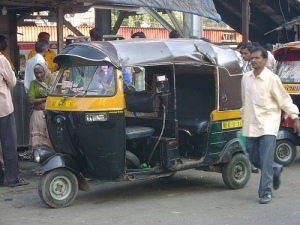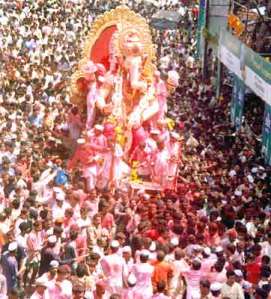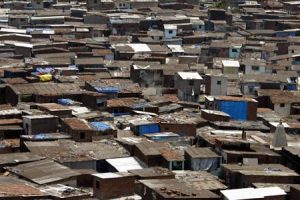Published in HT Cafe on March 9, 2010. Page 20
Buying milk in Mumbai is so asy, it’s absurd. The `kirana’ shop only has Amul Shakti when you prefer Taaza? No problem, the shopkeeper can probably source your preferred milk from a nearby store. Don’t feel like making the long 200-metre trek to the shop? No problem, the shopkeeper will probably deliver your Rs 35 package to your doorstep. Don’t have the Rs 35 on hand? No problem, the shopkeeper will probably look you in the eyes and offer credit, with the unspoken commitment that you will repay within 24 hours.
After living in Mumbai for nearly four years, I am still amazed at how easily credit is extended and taken. I’m not talking about the credit used to purchase houses and automobiles. Nor am I talking about Mohammad Yunus- style microcredit, in which women are extended loans to jump start microbusinesses. I’m talking about informal micromini-credit, better known as the casual “no worries, pay me later” attitude displayed by many local business people. (more…)


 Three times in the past week, I’ve unexpectedly been a participant in conversations regarding Mumbai’s hottest new tourist spot: Dharavi.
Three times in the past week, I’ve unexpectedly been a participant in conversations regarding Mumbai’s hottest new tourist spot: Dharavi.